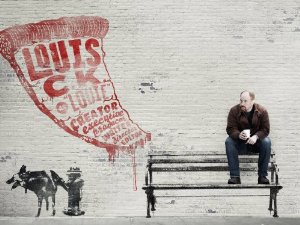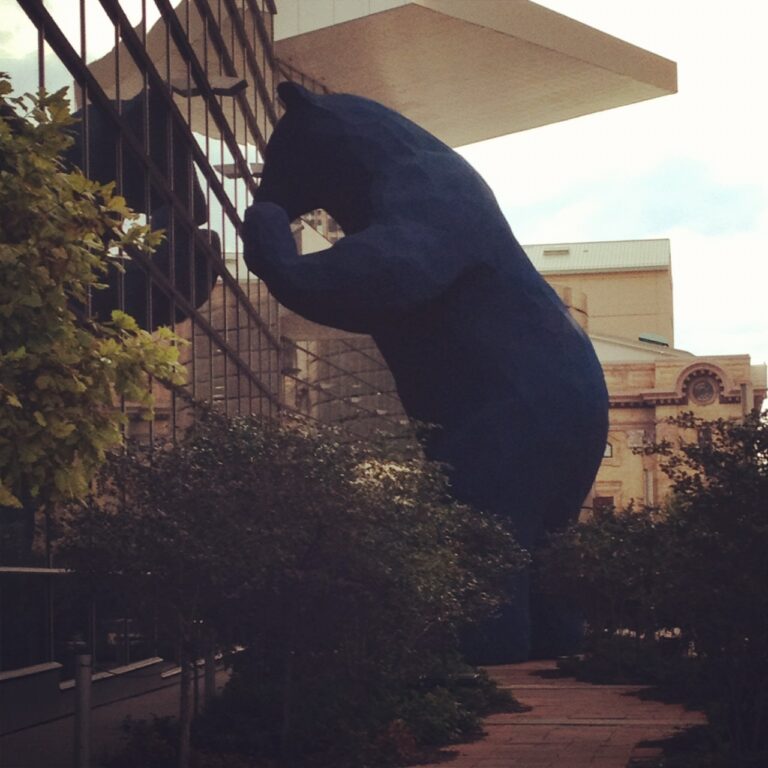The Fictional Suburbs
I hadn’t really thought that much about it until a friend—a non-writer friend, for what that might be worth, a musician—pointed it out. I was wrapping up my first year as a PhD student and had invited some folks over for drinks. This friend glanced down at some of the books laying around my sparsely furnished graduate-student living room, picked up a few and read the back covers. “Dude,” he said, “how come all your books are about sad-ass families?”
I looked at the pile on the table next to him. Revolutionary Road. The Ice Storm. The Virgin Suicides. Light Years. Music for Torching. The big red Cheever volume.
I quickly pointed out Blood Meridian and The Things They Carried and Native Son in an attempt to prove the diversity of my shelves, but the truth is that I am particularly drawn to these stories of domestic trouble. I am attracted to psychological turmoil, to inner struggles, to the old quiet desperation. More specifically, I am drawn to stories of existential angst set in the world of the suburbs.
I spent most of my childhood and formative years in various suburbs of Chicago. This is surely part of the reason for my attraction to this sub-genre of literary fiction. But my attraction to Yates and Updike and Ford and Homes goes beyond a familiarity with the settings of their books. In fact, even the idea of familiarity is more complicated than it might seem. I recognize the tree-lined streets and the cozy cul-de-sacs, the tidy two-story homes with finished basements and attached garages offered up by these novels, but while I lived in the suburbs, I did not live on those streets or in those homes.
My streets in my suburbs were less affluent. There were many single parents. There were large minority and recent immigrant populations. There was frequent turnover in those rental townhouses and apartments, people moving either up or down the socioeconomic ladder, holding fast to what they had and hoping for better days ahead.
There weren’t a lot of cocktail parties in my suburbs.
This is all to say that while I love these books, when I look at the genre of suburban fiction—particularly the suburban novel—I find a significant lacuna. The fact is that the American suburbs are diverse and complex in ways that contemporary novels rarely acknowledge. According to 2010 census data, the suburbs are home to more minorities, especially Hispanics and African-Americans, than ever. The ‘burbs are also older, as baby boomers age and remain in place while their children move to the cities.
And perhaps most significantly, the median income for families in the suburbs has dropped. According to the Brookings Institute, even before the housing/economic crisis of 2008, the percentage of suburbanites considered poor has grown by 25% just since the turn of the 21st century, which makes suburban areas home to a greater increase in poverty than cities. And, as most of us already know, since 2008 unemployment is even more rampant and foreclosures are tragically commonplace.
These trends did not manifest overnight; the suburbs have been more complicated than their depictions for decades now—perhaps, one could argue, from the very beginning. Yet often in even the most recent suburban novels we are confined to the same homogenously-populated, tree-lined streets we traversed a half-century ago.
There are novels that offer a fuller image of the social and economic climate of the place. Take, for example, Gish Jen’s Typical American, a book of suburban aspiration: this story takes place largely in the city, but the suburbs loom over the characters as a brass ring. Or one could look to Jernigan, David Gates’s chaotic and hilariously cringe-inducing downward spiral that offers, in part, a micro-culture of quasi-subsistence living at work in the basement. Tom Perotta’s Little Children includes characters who rent their home in the suburbs—a commonplace notion in reality, but one strangely rare in literature.
But these novels seem to be exceptions.
The problem—if it can be said that there is a problem since, again, the books and authors I’m talking about here are some of my favorites—is one of terminology and definition. When we talk about the suburban novel we are usually talking about books about suburbia, rather than about the actual suburbs. This seems to be an important distinction to keep in mind. The suburbs evolve. They grow and shrink. Their populations change, and with these changes so do the cultures of these towns. The suburbs are full of people.
Suburbia, on the other hand, is a static construct. It is more idea than place. It is populated by notions and types. It is homogenous and, generally, economically secure. And it is only when a book works on some level as a reaction to this construct of suburbia that we tend to think of it as a suburban novel. Suburbia has been frozen in time, so the settings of these volumes resemble more the suburbs of past decades than those of today.
This is partly why some of the great contemporary suburban novels are set a generation or two ago. I’m thinking specifically of Rick Moody’s The Ice Storm and Jeffrey Eugenides’s The Virgin Suicides. These two books live in the social upheaval of the 1970s, as Watergate and Vietnam and the sexual revolution helped burn away the fog before our eyes to reveal a lapsarian America. They are stories of the mythology of the Edenic suburbia rudely exposed as a fantasy. They work in large part because the emotional roiling endured by their characters is a reflection of the social change that oozed lava-like from cities and college campuses into the ‘burbs.
It isn’t just these authors writing about the time they themselves leapt the gap between childhood and adulthood; it is as if through these novels—along with some of more contemporary settings—we as a nation are dealing with our awkward cultural puberty. Like the most interminable patient-therapist relationships, we are still barely dipping our toes into our semi-recent national history.
“Now,” America-the-therapist says to America-the-patient, “tell me again about where you grew up.”


